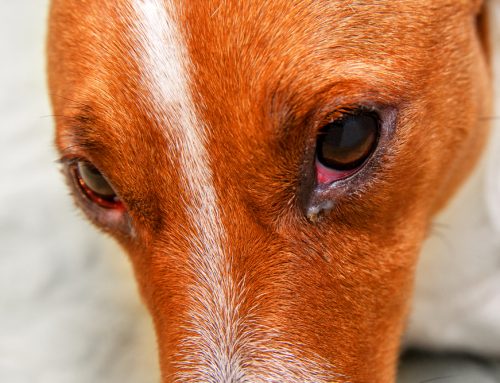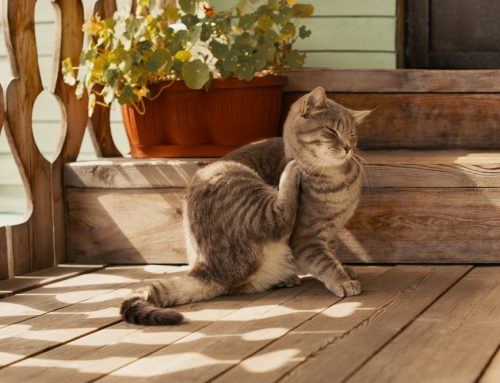Lumps and bumps on pets cause serious concern for most pet owners, because they often identify it as cancer. However, most of these masses are actually common and benign. So what causes these anomalies on your pet’s skin?
The team at Town and Country Animal Hospital take a closer look at skin masses to help you better understand them.
Is It Cause for Concern?
Most bumps that occur on pets are typically fatty deposits that do not harm. When you should be more concerned is when the lump changes quickly and is accompanied by discharge, bleeding, etc. Here are some skin issues that should alert you to further examination with your veterinarian:
- Fast growing masses– When the lump grows quickly, over the span of a month or so
- Painful to the touch – If your pet winces when the growth is touched
- Discoloration – Lumps that appear to change in color and texture over time
- Discharge – If the mass is bleeding or has discharge
- Changes in size – If the growth grows and shrinks, then grows again
What Causes Lumps and Bumps in Pets?
There are several potential causes of skin mass formations, most of which are not cancerous. The most common type of skin lump is a lipoma. A lipoma is a fatty mass that is benign that can grow quite large. They tend to be round and soft to the touch, and are usually a single occurrence on the skin. Most lipomas are not anything that has to be surgically removed, unless they are in an area that make a pet uncomfortable or when they grow quite large.
Other types of bumps on a pet include:
- Sebaceous cyst – These hard cysts form under the skin due to a blocked gland
- Abscess – An abscess is a form of infection that contains pus
- Hive – Hives are often the result of an allergic reaction and appear as multiple small raised bumps on the skin
- Adenoma – These bumps are a type of tumour that can appear wart-like and grow slow
- Wart – Warts are common in puppies and adults and often appear on the face
- Mast cell tumour – This is a blood cell tumour that comprises 25% of all tumours on dogs
- Cancerous tumours – These fast growth tumours can spread to other vital organs, like the liver and lungs
Since there are multiple types of lumps and bumps that can affect your pet, the best thing you can do is maintain their annual examinations and alert your veterinarian to any changes to your pet’s skin. We recommend that you do a weekly or biweekly check of their skin, along with overall inspection of coat and skin condition.
We hope that this overview gives you a better understanding of lumps and bumps on pets. If we can answer additional questions, or if you would like to schedule an appointment, please contact us!







Leave A Comment